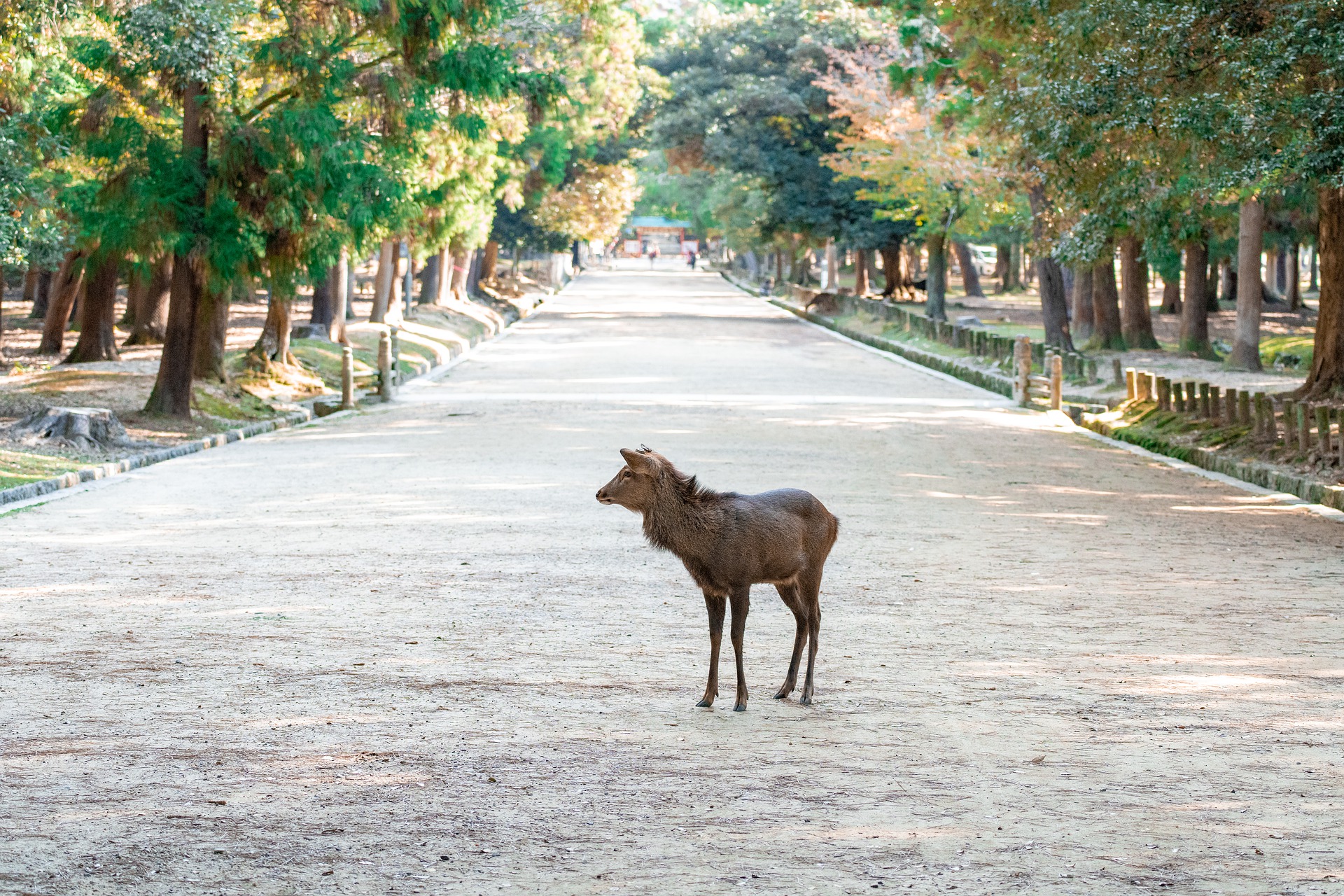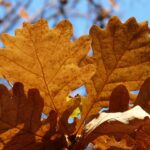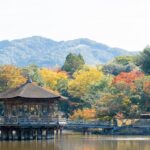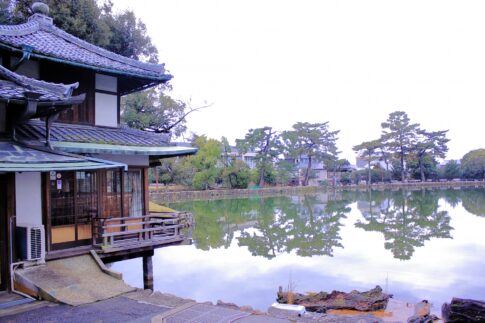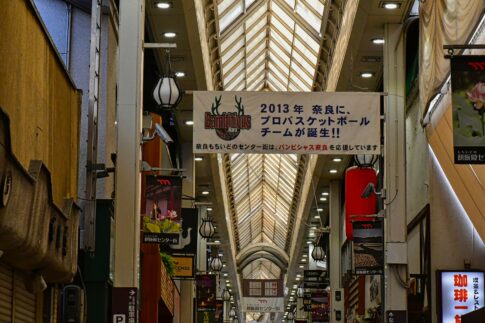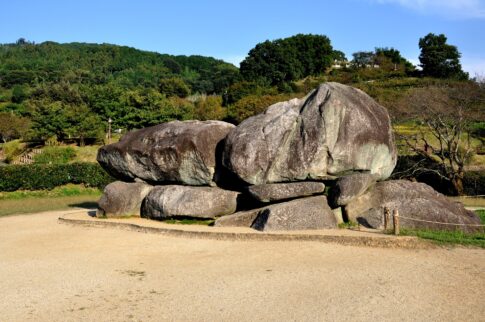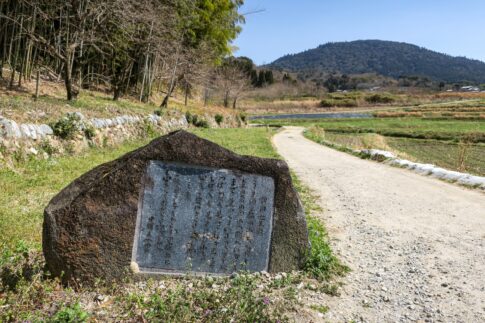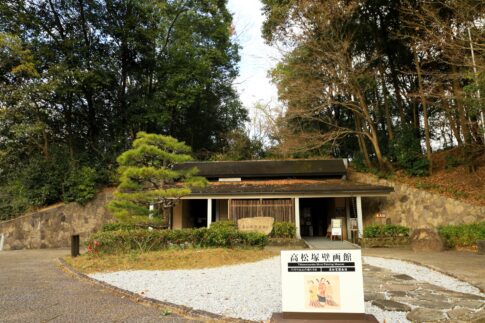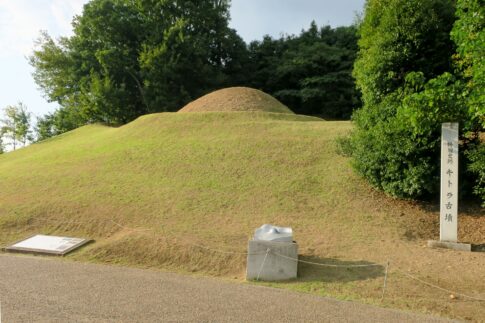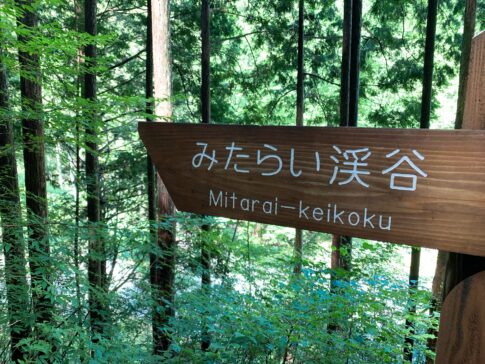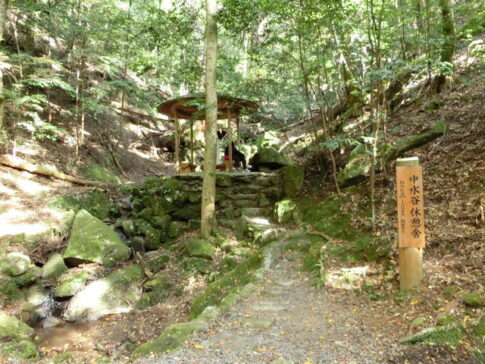Today we will introduce 4 attractions that you should visit in Nara!
4 attractions for Nara travelers to visit
1. Nara Park
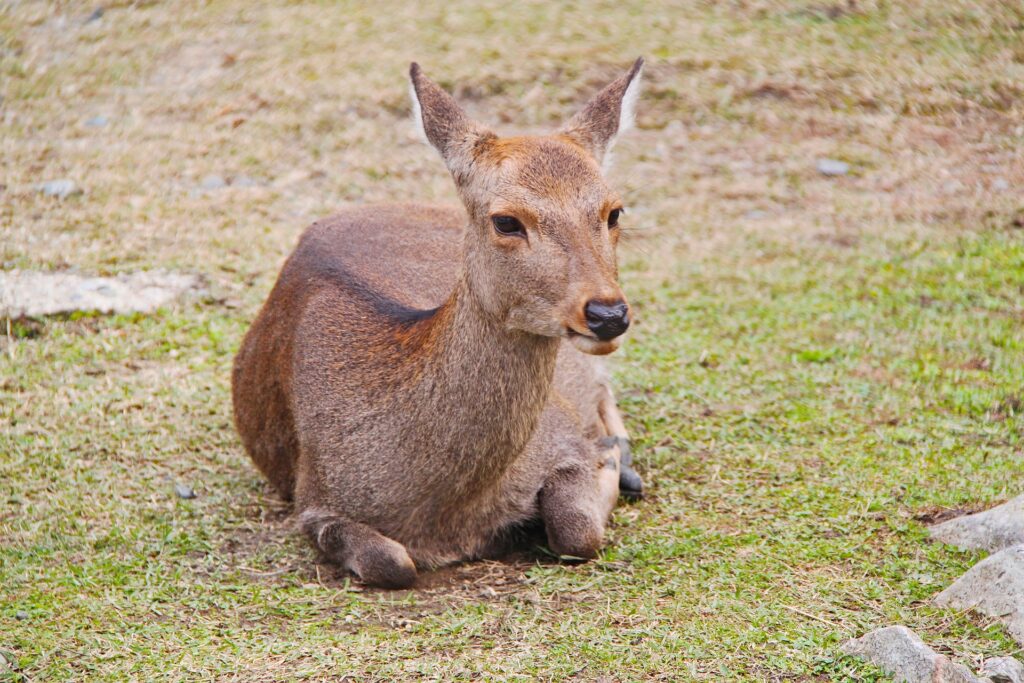
Nara Park is one of the most famous sightseeing spots.
You can enjoy playing deer and seeing beautiful senery.
We will explain how to enjoy.
- Playing with the Deer
The most popular thing is to give them Shika senbei (deer crackers).
It is sold at stalls everywhere in Nara Park and you can buy it for 200yen.
Please note that mostly cash is acceptable as method of payment.
When you give it to deer, you have to be careful and watch your surroundings, because you will get surrounded by deer that want Shika Senbei as soon as you have it in your hands.
Be calm and feed them gently.
After you feed them, you should spread out your hand and show them that you do not have anymore Shika senbei, otherwise deer will keep following you thinking that you have more Shika senbei.
- Seeing the Beautiful Senery
Nara Park is one of Nara’s most popular tourist attractions.
Nara Park is a place where visitors can enjoy the magnificent scenery during the autumn foliage season.
The vast park, covering an area of approximately 511 hectares, is home to 1,182 deer, which are designated as national natural treasures.
Although the park is located in an urban area, visitors can enjoy rare plants and famous trees, making it a sightseeing spot where they can enjoy lush greenery and nature.
During the season of autumn leaves, maple and ginkgo trees beautifully decorate the historical buildings adjacent to Nara Park, such as the Great Buddha Hall of Todaiji Temple and Kofukuji Temple.
Walking along the promenade along the river and viewing the autumn leaves is also recommended for its elegance.
Deer playing among maple and ginkgo trees in the autumn leaves are a scene unique to this season. You can take a nice photo of deer in the autumn leaves!
2. Mount Wakakusa
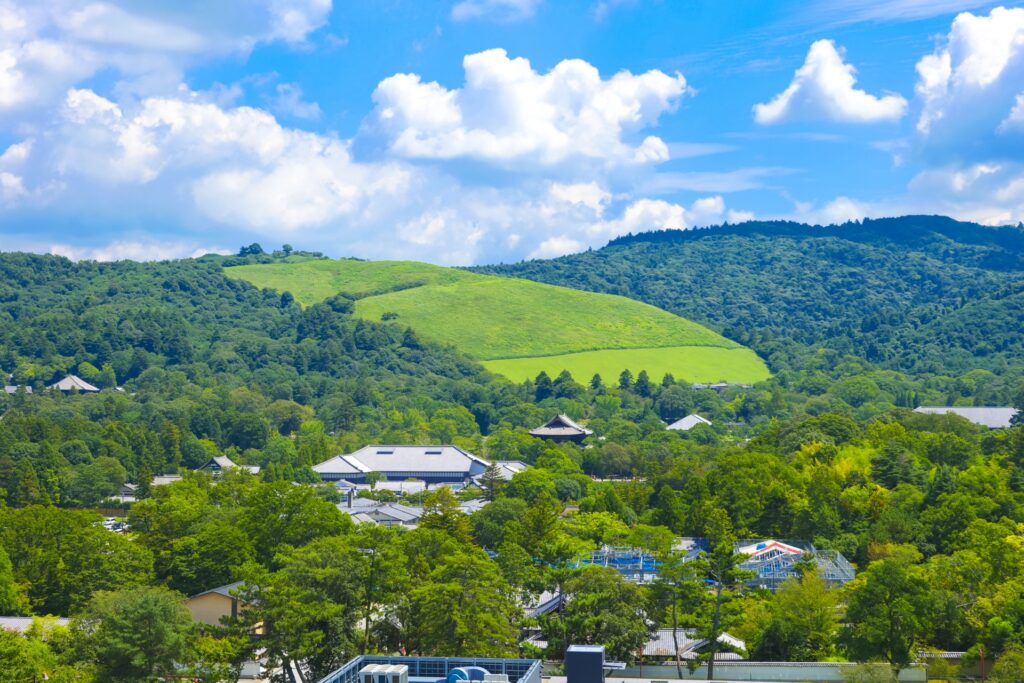
Do you know the word of ‘Yamayaki’?
Mount Wakakusa is famous for this and many tourists come here to see this.
We will explain about Yamayaki later.
Today we will tell you several points about Mount Wakakusa that you should know before visiting.
Mount Wakakusa is a gently sloping mountain covered entirely with grass.
The word of Wakakusa means young glass in Japanese.
It is also called Mt. Mikasa because of its three gently rounded hills.
From the top, you can see the Daibutsuden (Great Buddha Hall) and Nara Park, and on a clear day, you can see the three mountains of Yamato and Mount Ikoma in the distance.
The mountain is 342 meters high and 33 hectares in area, and deer can be seen here and there throughout the mountain.
Visitors can enjoy nature in each of the four seasons: cherry blossoms in spring, autumn leaves in fall, and silver grass.
Visitors can enjoy different scenery at the foot of the mountain, the first floor, the second floor, the summit (the third floor), and along the road around the Yushizuka burial mound.
(For the path around the Yingzuka burial mound, go north (turn left toward the summit) from the Nijyume toll station.) It takes about 30 to 40 minutes from the foot gate to the summit. Enjoy a pleasant sweat.
- Watching Yamayki
Mount Wakakusa is also famous for the annual “Yamayaki event”.
The traditional event that heralds the early spring in the ancient capital of Nara is a spectacular sight as it scorches the night sky.
The festival is held on the fourth Saturday of January every year (if it cannot be ignited, it is postponed to the next day).
On the day of the festival, events and ceremonies are held from the afternoon at the foot of the mountain, and just before the burning of the mountain, a huge firework display is held to start the burning of the mountain with its spectacular signal fire, which bathes the clear winter night sky in brilliant light and color. Don’ miss it!
3. Higashimuki Shotengai
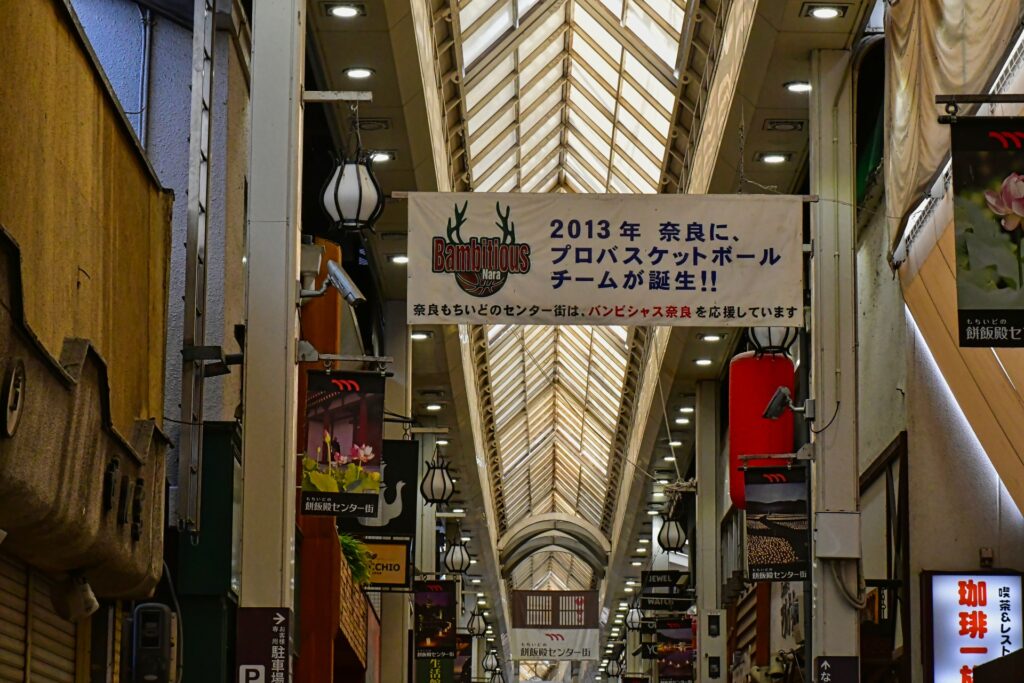
The name “Higashimuki Shotengai” means “east-facing shopping arcade”.
Gyoki Square in front of Nara Station on the Kintetsu Line is a well-known meeting place in Nara.
Past this square is the Higashimukai Shotengai, an arcaded shopping street that is representative of the old part of Nara City.
The shopping street is lined with long-established stores selling popular okonomiyaki (Japanese Pizza), Japanese sweets, and “tenugui” hand towels made using traditional techniques, and is a place where you can feel the “spirit of hospitality” of Nara.
It is close to Kofukuji Temple and Nara Park, both World Heritage sites known for their five-story pagodas, and is a great place to visit in between temple tours.
4. Mount Yoshino
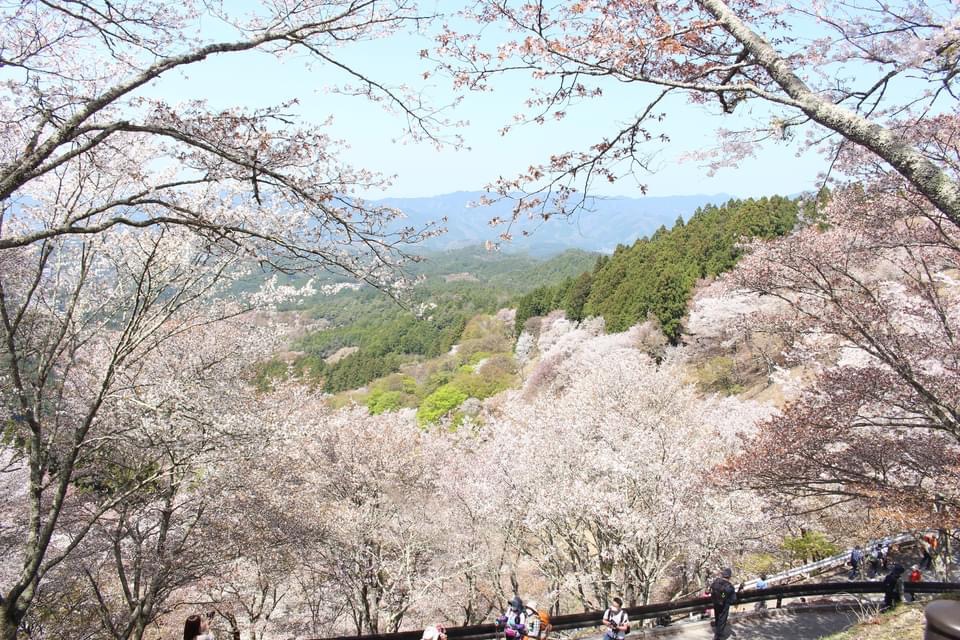
Mount Yoshino is one of the popular sightseeing spots in Nara.
Mount Yoshino is the mountain ridge that has a range of 8km of Oomine Renzan(Oomine Mountain Range)’s northern edge.
It is the famous place for cherry blossoms.
It is said that there are 30,000 trees of cherry blossoms filling the valley and the mountain ridge.
- Seeing Cherry Blossoms
Early April is the best time to see it in Mount Yoshino.
They bloom in order from the foot. The scenery of the mountain’s color getting changed from green to pink.
It is breathtakingly beautiful.
There are about 200 kinds if cherry blossoms in Mount Yoshino.
When it comes to its history, these cherry blossoms are donated as Goshinboku(sacred trees) when En no Gyoja(a religious man) in Nara who is said to be a founder of Shugendo* opened the place in Mount Yoshino.
Mountain ascetics gather Mount Yoshino as a religious place.
In addition, the southern dynasties were placed around Mount Yoshino when the country was divided into northern dynasties and southern dynasties in 14th century.
*Japanese mountain asceticism incorporating Shinto and Buddhist concepts
Summary
Today we explained 4 places that the tourists can enjoy.
There are so many attractive places in Nara other than these ones that it may be hard to choose.
So we recommend going some of the above places first when you visit Nara!
